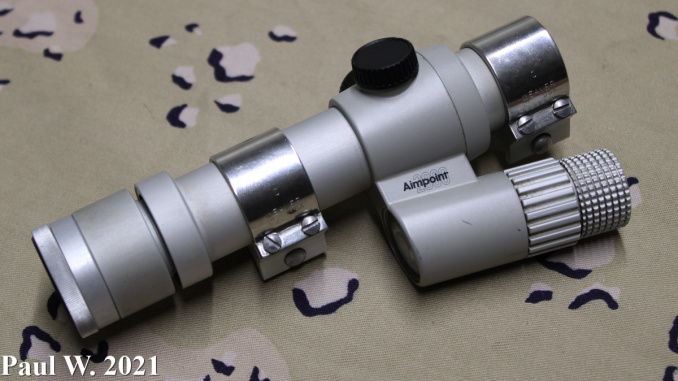
While the Aimpoint 1000 was an incremental step away from the Electronics, there was bigger change to come. While the prior optics had footprints and features more akin to artillery pieces, the next model would both be a massive leap forward in technology, while having a more traditional look. This upcoming model was also Aimpoint’s first model to be used by military forces, and tends to be rather sought after today. The Aimpoint 2000 is the topic of today’s discussion.
What is the Aimpoint 2000?
The Aimpoint 2000 is a collimator LED red dot sight, released by Aimpoint in 1985/86 (conflicting dates according to their website). The 2000 had a short production run, ending in 1989, but has had a lasting impact to this day. Moving from the 1000 to the 2000, the big changes are the mounting method, and how the optic regulates the dot brightness.
Features of the Aimpoint 2000
The Aimpoint 2000 has similar features to its progenitors, while having better ergonomics.

Eschewing the built-in mount of the 1000, the 2000 uses standard 1 inch (25.4mm) scope rings for mounting the optic to a firearm. The unique battery compartment hangs off of the optic, rather than being a parallel mounted compartment.

One of the strangest features on the 2000 is the light photoreceptor on the front of the battery compartment. This automatically adjusts the brightness of the optic. Not much different than a lot of the optics Trijicon has put out over the years. Since the photoreceptor is integral to the optic, there is no “manual” brightness setting, but the dot gets plenty bright enough for daytime use.

Much like the models before it, the 2000 retains the ability to have a thread-on tinted notch filter. For use during daytime shooting, this filter makes a world of difference in being able to see the dot.

The windage and elevation caps are on the rear of the optic, where we’d come to find them for most every Aimpoint after the 2000. Each turn is a positive click, with 1/2 MOA adjustment. Plastic caps cover the turrets, and do a fine job.
Variations of the Aimpoint 2000
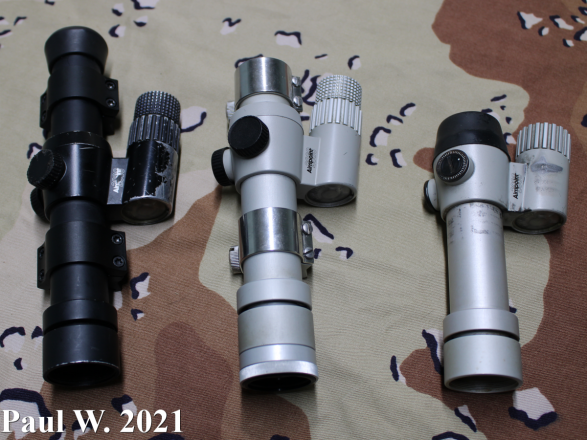
The Aimpoint 2000 came in three distinct tube lengths, short, standard, and long. In the far off times before we had 1913 rails all over our guns, optic mounting required a little more tinkering. In an effort to make mounting simpler, different length tubes allowed for rings to be moved around on the optic, making it easier to slap it on a range of guns. Even now, Aimpoint still offers their hunting optics in different lengths, to make it easier to mount them to guns. Aside from the size, the different lengths of 2000s only change how the optic is mounted, and do not change the characteristics of use.
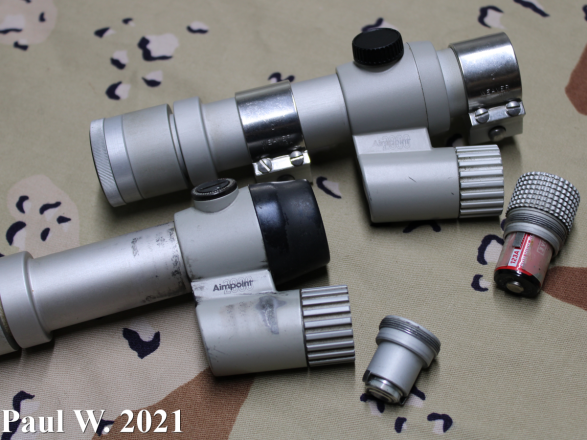
The 2000 was also offered with different length battery caps, a standard, and long version. With the standard battery cap, 1/3N or multiple stacks of L/44 batteries can be used. The long cap allows for CR123a batteries, which significantly enhance battery life. I was averaging about 250 hours of use with the short cap, and about 350-500 hours of use with the long one. The manual for the 2000 has older batteries listed too, but if you are buying one now, just use the lithium options.
One of the neatest things (at least to me) is that the battery caps are interchangeable between optics. Want a shorty tube 2000 with a long battery cap? Done! Want a long 2000 with a teeny one? You got it! While not quite modular, this is a nice feature to have as a tinkerer some 30 plus years later. These old optics sometimes need some loving to get working, and being able to play with different battery caps has made it easier to make them run.
Using the Aimpoint 2000
The Aimpoint 2000 is easy to mount, which means you are more likely to actually use this optic. I’ve had my 2000s mounted on retro AR builds, .22 pistols, leverguns, and more. The only “difficult” part of mounting the 2000 is to make sure that you have space to accommodate the battery compartment. Since it dangles from the side of the optic, you may have to rotate the optic to have it clear your mount. On my AR builds, I have used the A.R.M.S. carry handle mounts, which are easy to mount most optics on.
The increased tube size of the 2000 means a much more generous window for aiming. Compared to the previous Aimpoints, the 2000 is much easier for most shooters to use.
While still smaller than a newer optic, the window size is still good enough. Tint is adjustable, and is fairly dark when used properly. While many shooters will dislike this, it is a necessary evil to maintain battery life, and dot clarity on bright days.
Controls are easy to access on the 2000, as the battery compartment has ample space to be adjusted when mounted. Zeroing is also fairly simple, as the clicks and 1/2 MOA adjustments are very “normal” to modern shooters.
When actually shooting with the 2000, well, it’s a red dot. Shoot with both eyes open, and place the dot on the target. The battery compartment can sometimes occupy your peripheral vision, but not too much.
The auto adjusting brightness never gave me any issue, but I would prefer it to be manual only. Aimpoint’s later models would ditch this method, as the photoreceptor is a mechanically weak spot on the optic.
So the 2000 is a serviceable red dot in the 21st century, but was pretty revolutionary back in the 20th. What put it on the map?
Legacy of the Aimpoint 2000
The most notable uses of the Aimpoint begin with the 2000. The 2000 began popping up on guns used by various special forces units within the United States. Most notably, Delta Force used CAR15/Pre-M4s with Aimpoint 2000s on them throughout the mid to late 1980s.

Larry Vickers has talked about his use of the 2000 during Operation Just Cause, and other parts of his career. His carbine setup has been desirable for cloners to copy, and well, it’s because it is very cool. I’m more a fan of the later iterations of pre-M4 carbines, which means newer optics, but I understand the desire of cloners.
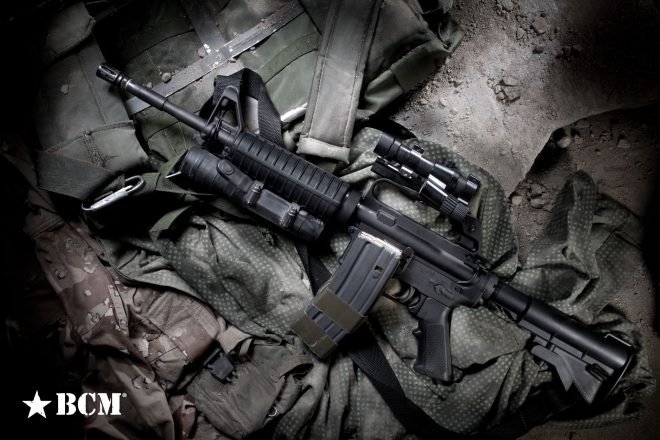
Within the Aimpoint legacy, the 2000 has had a long lasting impact. It was the first Aimpoint to mount using rings, something that continues for many Aimpoints to this day. It was also the first to be used by a military, even if it was just during special operations. The 2000 was known to be a durable, reliable optic, something that Aimpoint has truly taken to heart over the years. For every iteration of the Aimpoint, the proceeding model has been stronger, and more reliable than the last. We can thank the 2000 for that.
My Recommendation On the Aimpoint 2000
The Aimpoint 2000 is a really neat optic, with a lot of history, and a lasting legacy. However, should you actually try to buy one?
I do recommend the Aimpoint 2000, but only under some specific stipulations:
- You are an optic nerd (I can’t be the only one)
- You are making a cloner gun (so original)
- You’ve found one for an exceptionally good deal
The 2000 is a cool optic, however the price that they currently demand makes them really hard to recommend. I’ve personally bought four 2000s, and the cheapest functional one I bought still cost me nearly $300 bucks, and I had to import it from Europe. Hell, I bought a 2000 for spare parts, and that still cost me as much as purchasing a brand new Holosun red dot. The 2000 was both a short production run optic, and was made over 30 years ago, so functional ones demand a premium. If you qualify for one of the above stipulations, I can recommend the 2000 to you. If you don’t, I cannot recommend it. At the time of writing this (late 2021), Aimpoint 2000s in functional shape are selling for $400-800, which is wild. This optic is a collectable now, not a practical tool.
Despite this, I’m still pleased with the 2000s that I have owned. If you buy one for your cloner build, rock on. If you find one in grandpa’s stash of stuff, use it, or make a killing on eBay from it. Either way, someone will still be able to enjoy this old workhorse.

Links to Other Aimpoint History Articles
Special thanks to the eBay vendors that sold me the various pictured 2000s featured in this article. Big thanks to Cedric for helping me get one from Europe to the USA.


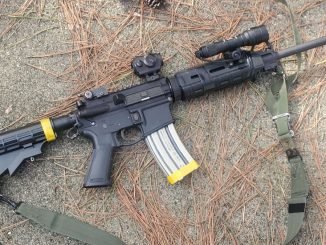

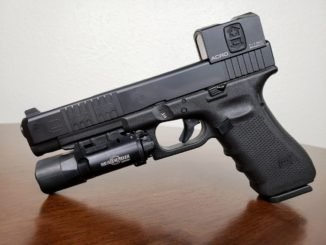
Where was the serial number on a 2000?